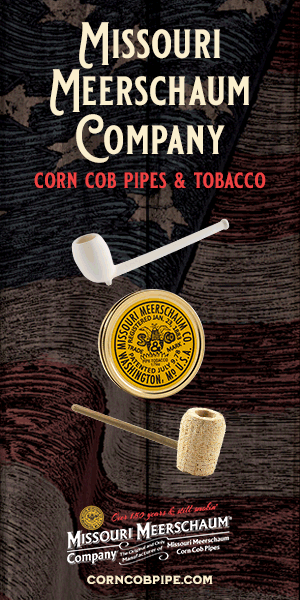In the briar is the stump, a big kidney root that is used,more precisely in the rhizome bush of this plant, which is a material with many qualities. First, it is very resistant to fire and heat. Secondly, it has a high absorption capacity. In nature, the bush absorbs large amounts of water that feed the plant during dry periods. In the same way, it can absorb the liquid resulting from the combustion of tobacco during smoking.
Not as usual "wood of the tree", it is profitable with trees that grow fallow naturally, but it we had to plant them and wait for it would be less easy ...
For the burl to reach a good size, it is necessary to wait about forty years. 8O To recover it, you must first find a beautiful heather, cut the trunk, uproot - and it's a hell of a job. We must also ensure that the bush remains wet until the arrival at the cutter, so we do not just foot, but also the land around it.
The first Western pipes were terracotta. These pipes were not considered durable because they are very fragile.
Since the Middle Ages, the region of Saint Claude hosts many workshops where local wood species were shaped into various objects including pipes. The boxwood, the beech or the cherry tree were the essences of predilection. Nevertheless these pipes had a very short life span. The wood was poorly resistant to heat and the wood influenced the taste of tobacco. It was from 1852 that the heather was recognized for its characteristics.
According to the legend it would be a local shepherd who would have initially tinkered a pipe in a strain of heather, then would have noticed its special qualities ... :worship:







